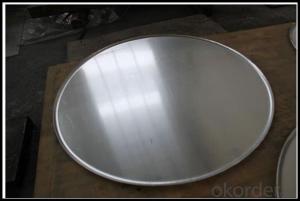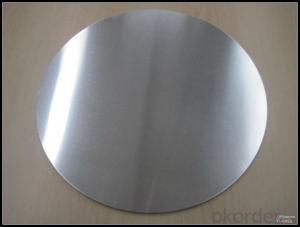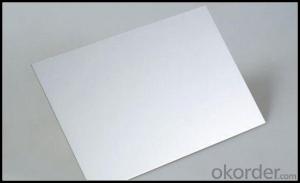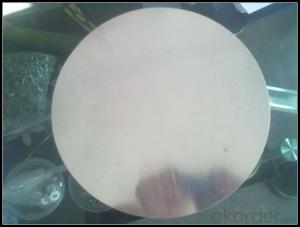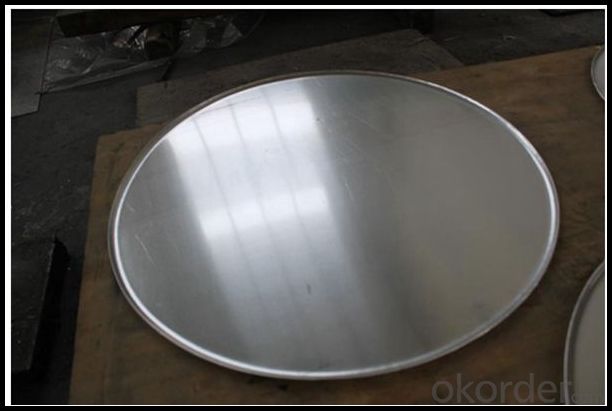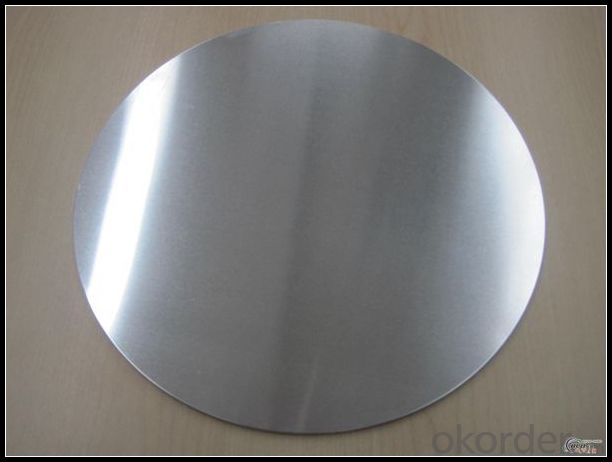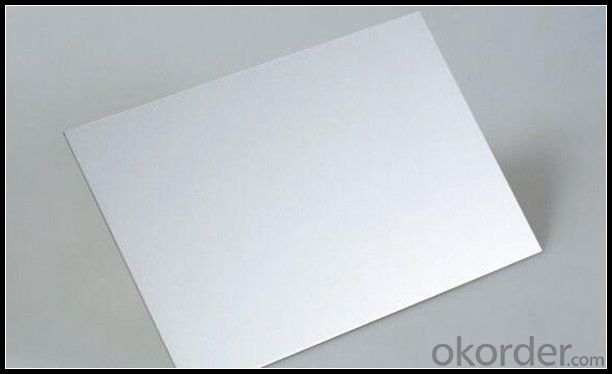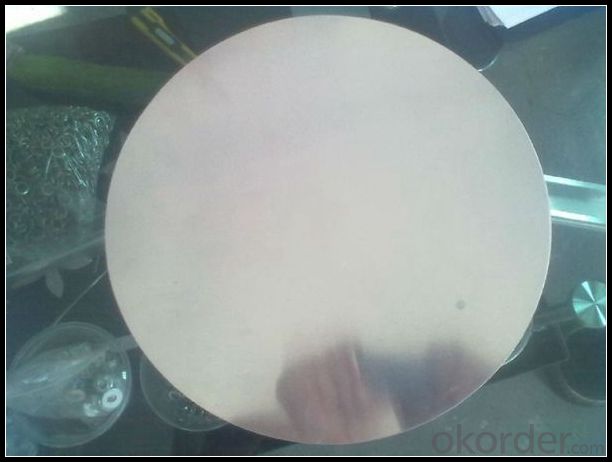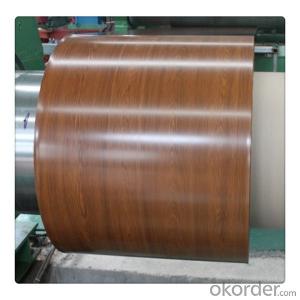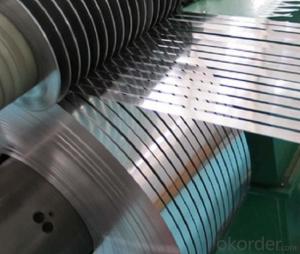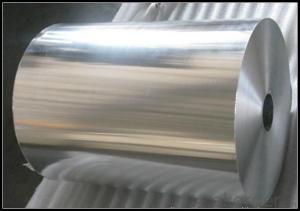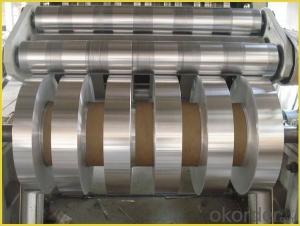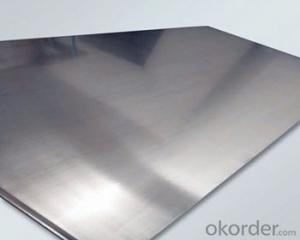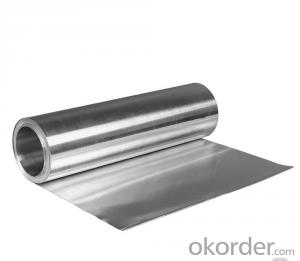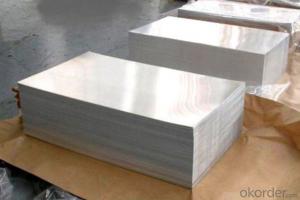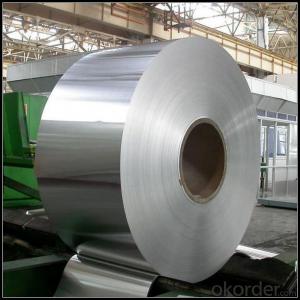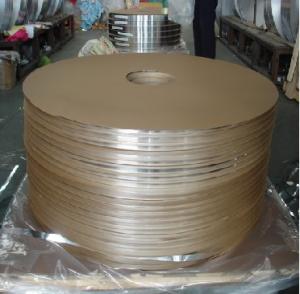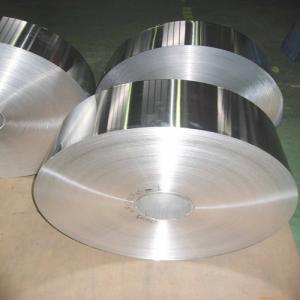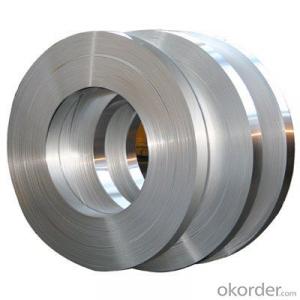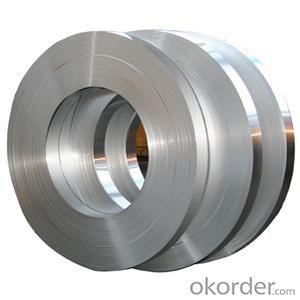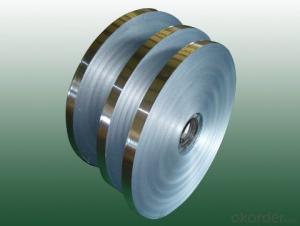1060 Aluminum Strips for Sale - Decorative Construction Sheets
- Loading Port:
- Tianjin
- Payment Terms:
- TT OR LC
- Min Order Qty:
- 1 m.t.
- Supply Capability:
- 4999 m.t./month
OKorder Service Pledge
OKorder Financial Service
You Might Also Like
Specification
1. Specification of Aluminum
1) Alloy | 1050, 1060,1100, 3003 3004 3105 3005 5005 5052 etc |
2) Temper | O/H12/H14/H1/H18/H32/H34/H36/H38//H111/H112/H116/H321/T6/T651/T3/T351 etc |
3) Thickness | 0.1mm to 6mm |
4) Width | 20mm to 3300mm |
2. Application of Aluminum
(1).Interior: wall cladding, ceilings, bathrooms, kitchens and balconies, shutters, doors...
(2).Exterior: wall cladding, facades, roofing, canopies, tunnels,column covers , renovations...
(3).Advertisement: display platforms, signboards, fascia, shop fronts...
3. Feature of Aluminum
Anodising increases the thickness of the oxide layer and thus improves the strength of the natural corrosion protection. Where aluminium is used outdoors, thicknesses of between 15 and 25 ¥ìm (depending on wear and risk of corrosion) are common.
Aluminium is extremely durable in neutral and slightly acid environments.
In environments characterised by high acidity or high basicity, corrosion is rapid.
4. Certificate:
SGS and ROHS(if client request, paid by client), MTC(plant provided), Certificate of Origin(FORM A, FORM E, CO), Bureau Veritas and SGS (if client request, paid by client), CIQS certificate
5. Image of Aluminum
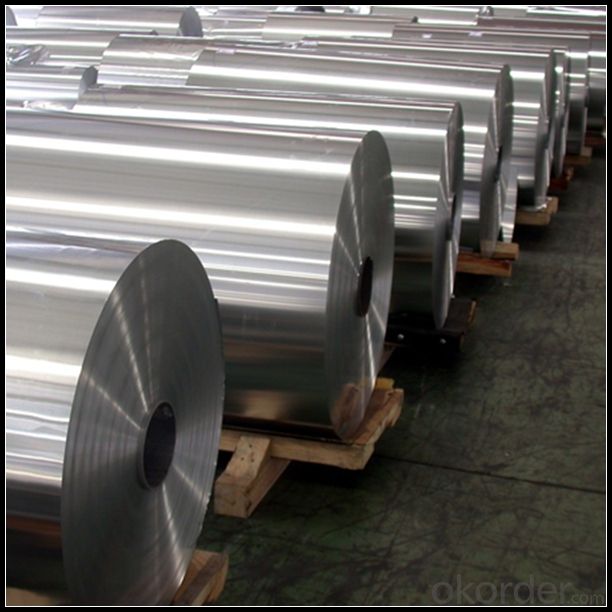
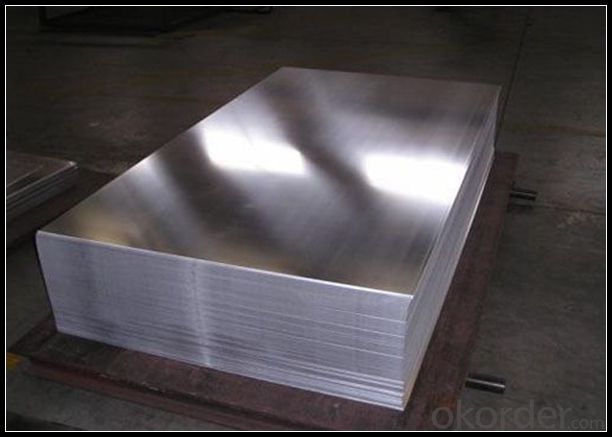
6. Our Service
1. Reply your enquiry in 24 working hours. |
2. OEM, buyer design, buyer label services provided. |
3. Exclusive and unique solution can be provide to our customer by our well traned and professional engineers and staffs. |
4. We can provide free sample for your check |
5. We have the certification of ISO 9001 |
6. Timely delivery |
7. Special discount and protection of sales area provided to our distributor. |
8. Good after-sale service. |
7. FAQ
Q: What is the produce prase? | ||||
A: Normally it would be 40days after received your deposit. | ||||
Q: Can you provide free samples? | ||||
A: Yes, free samples will be sent to you on freight at destination. | ||||
Q: Can I get your latest catalogue? | ||||
A: Yes, it will be sent to you in no time. | ||||
Q: What is the MOQ? | ||||
A: 3 tons | ||||
Q: What are your payment terms? | ||||
A: We accept L/C, D/A, D/P, T/T, West Union,etc. |
- Q: What is the best capacitance for an aluminum ribbon tweeter?
- You can ask your friends on the Internet to inquire about them, they will be more sincere, eager to find the answer for you, and even direct search related sites
- Q: Classification of aluminium strips of aluminium strips
- The alloy grades of common aluminium strips are 1050, 1060, 1070, 1100, 3003, 3004, 5005, 5052, 8011 and so on. The commonly used states are O and H states. O is soft, and H is hard. O and H can be followed by numbers to indicate the degree of hardness, and the degree of annealing.
- Q: This question asks for a step-by-step guide on how to install aluminum strip siding on a building.
- <p>To install aluminum strip siding, first, prepare the surface by cleaning and leveling the exterior walls. Measure and cut the siding strips to the required lengths. Apply construction adhesive to the back of the strips and press them onto the wall, starting from the bottom and working upwards. Use a nail gun to secure the strips, spacing nails evenly along the length. Overlap the strips by about 1/2 inch and trim the top edge to fit the eave or soffit. Apply caulk to seal any gaps and finish with a touch-up paint if necessary. Always follow the manufacturer's instructions for specific siding materials.</p>
- Q: This question asks about the ease of installation for aluminum strips.
- <p>Aluminum strips are generally easy to install. They are lightweight and can be cut to size with basic tools. Installation usually involves peeling off a protective backing and adhering the strip to a clean, dry surface. For best results, it's important to ensure the surface is free of dust and grease. Some types of aluminum strips may require additional fasteners or adhesive for a secure fit, but overall, the process is straightforward and can be done by most DIYers with a little patience and attention to detail.</p>
- Q: This question asks if there are any potential health hazards linked to the use of aluminum strips.
- <p>There are some concerns regarding the use of aluminum strips, particularly in the context of cooking utensils and food packaging. Prolonged exposure to aluminum has been linked to potential health risks, including Alzheimer's disease, although the evidence is inconclusive. Aluminum can leach into food, especially in acidic environments, which may lead to increased aluminum intake. However, the FDA and other health authorities have not issued warnings about the use of aluminum cookware or food packaging, as the levels of aluminum typically ingested are considered safe. It's important to note that more research is needed to fully understand the potential health implications of aluminum exposure.</p>
- Q: Is it possible to use aluminum strips as a material for exterior wall cladding?
- <p>Yes, aluminum strips can be used for exterior cladding. They are known for their durability, resistance to corrosion, and low maintenance requirements. Aluminum cladding is lightweight, which makes it easier to install compared to heavier materials. It also offers excellent weather resistance and can be painted or finished in various ways to enhance the appearance of a building. Additionally, aluminum is a sustainable choice as it can be recycled, contributing to environmental sustainability.</p>
- Q: What types of aluminum strips are best suited for solar panel applications?
- <p>Yes, there are specific types of aluminum strips that are particularly suitable for use in solar panels. These include high-purity aluminum strips with low iron content, which are known for their excellent electrical conductivity and corrosion resistance. They are often used as busbars in solar cells to collect and transmit the generated electrical current. Additionally, aluminum strips with a high-strength alloy composition are used for structural support and frame components in solar panels due to their lightweight and durability. These aluminum strips are engineered to withstand harsh environmental conditions and maintain their integrity over the long lifespan of the solar panel.</p>
- Q: Is it possible to use aluminum foil as a material for roofing purposes?
- <p>While aluminum foil itself is not a suitable roofing material due to its lack of durability and structural strength, it can be used as a temporary solution in emergency situations or for small repairs. Aluminum foil is not designed to withstand the elements over time, nor does it provide the necessary insulation or protection against water and wind that a proper roofing material should. For long-term roofing solutions, it's best to use materials specifically designed for roofing, such as asphalt shingles, metal sheets, or tiles, which offer greater durability and weather resistance.</p>
- Q: The user is asking if it's possible to use aluminum strips in the construction of solar panels.
- <p>While aluminum is a common material used in the construction of solar panels, particularly for framing and mounting, it is not used to create the actual solar cells. Solar cells are typically made from silicon, which is capable of converting sunlight into electricity. Aluminum strips can be used in the assembly and support structure of solar panels, but they do not contribute to the photovoltaic effect that generates electricity. Therefore, you cannot use aluminum strips to make the active solar cell component of solar panels.</p>
- Q: What safety regulations impact the use of aluminum strips in construction?
- <p>Yes, there are safety regulations that affect the use of aluminum strips in construction projects. These regulations vary by country and region but generally include requirements for material strength, durability, and resistance to corrosion. For instance, aluminum strips must meet specific standards for load-bearing capacity and fire resistance. Compliance with electrical safety standards is also crucial if the strips are used in electrical installations. Additionally, construction codes often dictate the proper use of aluminum strips in structural components, cladding, or as reinforcement. It's essential to consult local building codes and industry standards like the International Building Code (IBC), American Society for Testing and Materials (ASTM) standards, or European Norm (EN) standards to ensure compliance with safety regulations.</p>
Send your message to us
1060 Aluminum Strips for Sale - Decorative Construction Sheets
- Loading Port:
- Tianjin
- Payment Terms:
- TT OR LC
- Min Order Qty:
- 1 m.t.
- Supply Capability:
- 4999 m.t./month
OKorder Service Pledge
OKorder Financial Service
Similar products
Hot products
Hot Searches
Related keywords
